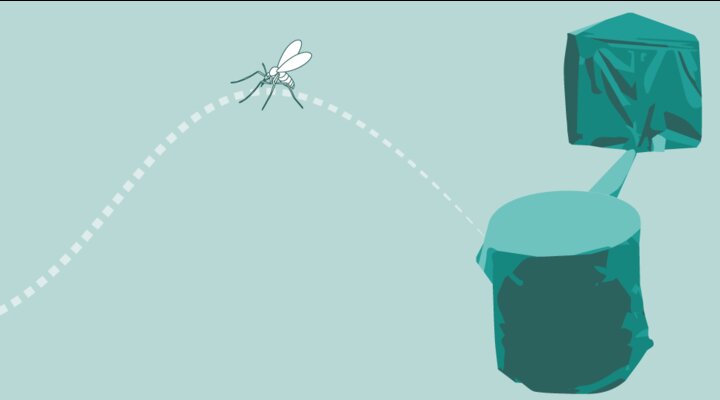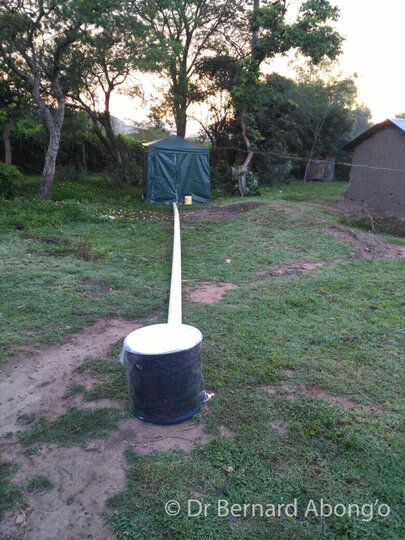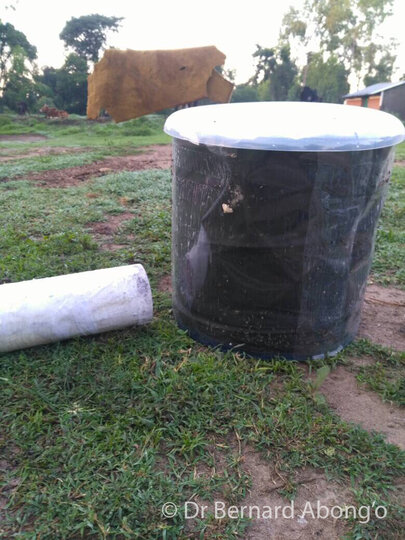Test a novel trap design against standard surveillance techniques: Experiments to compare trapping efficacy of novel human decoy traps with existing trapping methods for sandflies and blackflies
The aim of this project is to validate a prototype trap design that has significant potential to contribute to sampling and research for neglected insect vectors of disease in developing countries and elsewhere. We will test a prototype behaviour-based trap, the Host Decoy Trap, which mimics human hosts by combining host-associated olfactory, visual and thermal stimuli. These cues mimic a blood host and insects land on the surface of the trap, where they are stuck to a strong adhesive. Recently developed for Anopheles gambiae s.l. complex mosquitoes, both Phlebotomus and Simulium species have been observed in trap catches during field experiments when testing the trap for Culicine genera. It is hypothesised that the combination of host-associated stimuli incorporated into the design of the HDT may be ubiquitous in their attractiveness to a broad range of haematophagous insects, including neglected tropical disease vectors
This tool could be a direct replacement for unethical and technically limited/non-standard Human Landing Catches, especially when surveillance has to take place outdoors. The particular novelty of this trapping paradigm is that it can sample both night biting and day biting insect vectors and that attracted insects land on the trap, and so it is a good analogue for biting rate. The Host Decoy concept was developed in resource-poor field settings in Burkina Faso and can be used in most operational contexts and therefore successful tests in ODA countries are anticipated.
Gnatwork 2021
Dr Frances Hawkes presented the outputs of the project to date at the Gnatwork 2021 conference on the 24th May.


